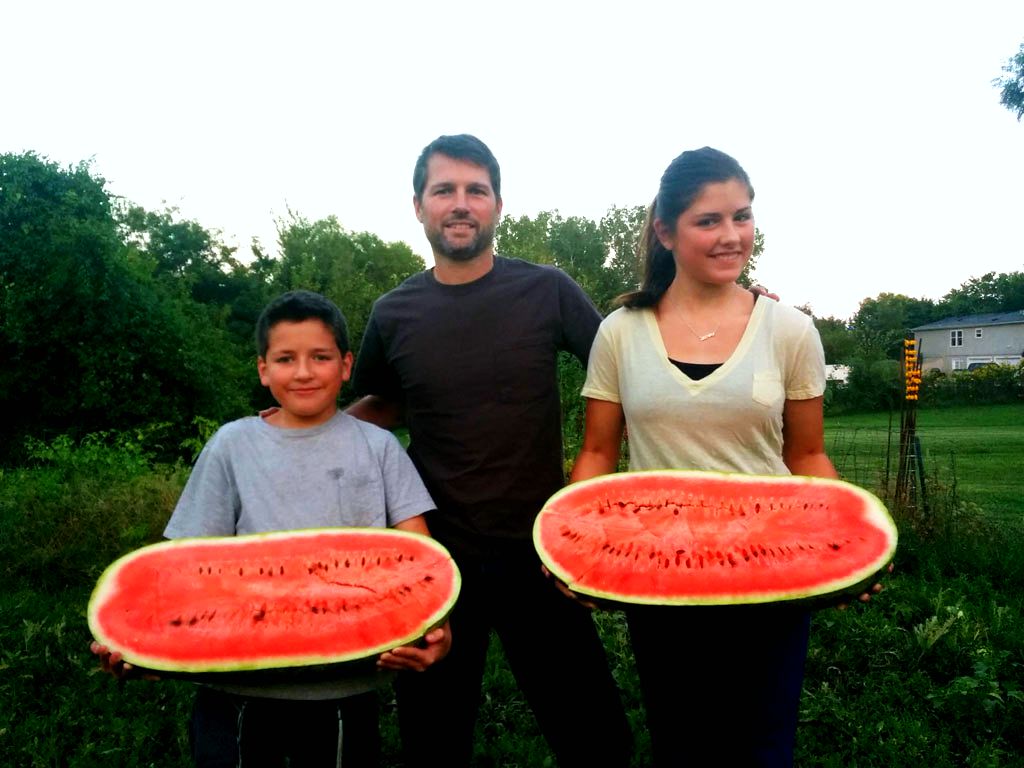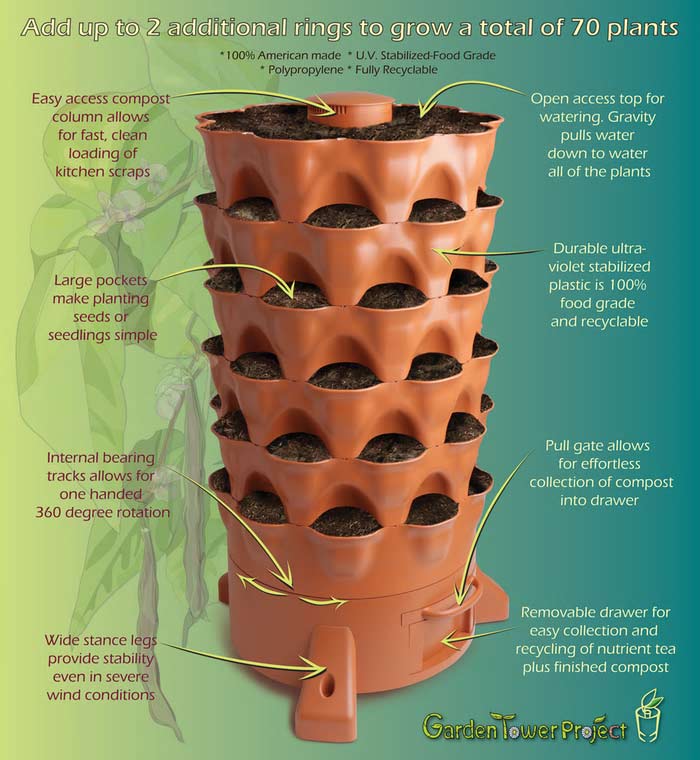Flow-Through Outdoor Vermicompost System
by Robert Bishop
(Cedar Mountain, North Carolina)

Flow-through Outdoor Vermicompost System

1/8 inch Hardware Cloth for Worm System

Looking Inside Vermicomposter

Complete Setup of Outdoor Vermicomposter
I thought that I would describe the work I have done with the camp vermicomposting bins, and share what I have encountered so far.
The Bins:
We have an outdoor 3-bay wooden composting setup. Each bay (bin) is approx. 4ft x 3ft x 4 feet deep. Each bay is separated by a removable frame that has 1/8" hardware cloth, which allows for migration between each bay.
The bin has removable fronts for cleaning/emptying, and each top is a hinged wooden frame with metal roofing attached. The back side of the compost bins are vented with 1/8" hardware cloth at the top, middle, and bottom. The entire frame is set approx. 4" into the earth, and has an open bottom for drainage.
The bins are not insulated in any way, and are exposed to heat and cold extremes.Starting Conditions: When I started working with the compost bins in 2008, they had not been very well cared for, yet the few worms I found inside seemed to be doing well despite their living conditions.
Bin #1 Contained sticks, wood chips, pine needles, leaves, and a little bit of food that had been mostly composted. The bin was approx. 2/3 composted. I separated the worms from the bin materials, screened out the finished compost, and removed all of the pine needles, hard wood and other woody materials.
I placed fresh bedding materials (shredded newspaper and cardboard), semi-composted food from the other bins, and leaves in to the bin, added all of the worms I found in the 3 bins and started fresh.
Bin #2 Was filled with completed compost and a mixture of unprocessed wood chips. I screened the wood chips out, and had a
medium sized wheelbarrow full of finished compost, very nice, clean, and rich with a wonderful, earthy aroma. This compost went into bin#3 to cure.
Bin #3 Contained wood chips, sawdust, leaves, sticks, and some decomposing veggies. I cleaned this bed completely out and placed all of the finished compost into it to cure out.
A local worm farm provided us with a mixed batch of bed-run red worms and red wigglers, approx 5 pounds plus cocoons. I added them into bin #1, along with 2 18-gallon tubs of kitchen scraps and a 2-30 gallon trash cans of brown, semi-composted leaves. I checked and watered the bins 2-3 times a week, and the staff added small amounts of fresh food waste daily.
Fast forward to 2014: The bins are producing a large wheelbarrow of fresh compost every 4-6 weeks, and the worm population is constantly growing. The staff add food waste every day, and add paper and leaves as needed to keep a proper mix of brown/green.
I can't tell you the exact amount, but I do estimate
we have around 50,000 - 60,000 worms working. Even after a particularly cold winter we lost very few worms, and the population is very healthy and active.
The system is used to enrich our gardens and landscaping, and we teach Environmental Education students about the value and importance of vermicomposting and reducing waste.
Check out my update with more pics and descriptions




















